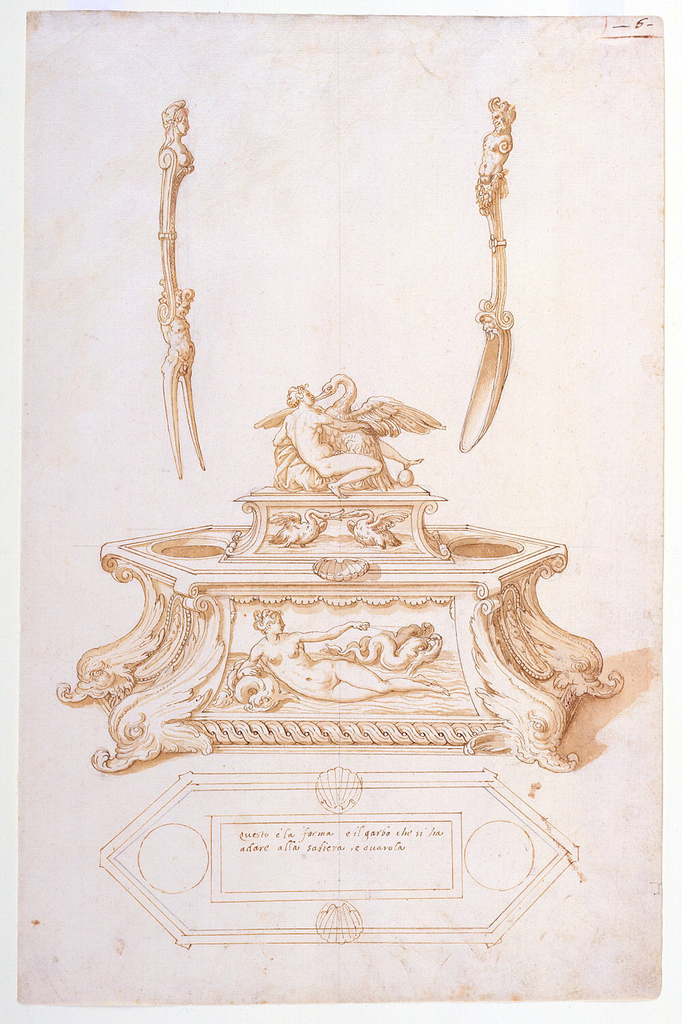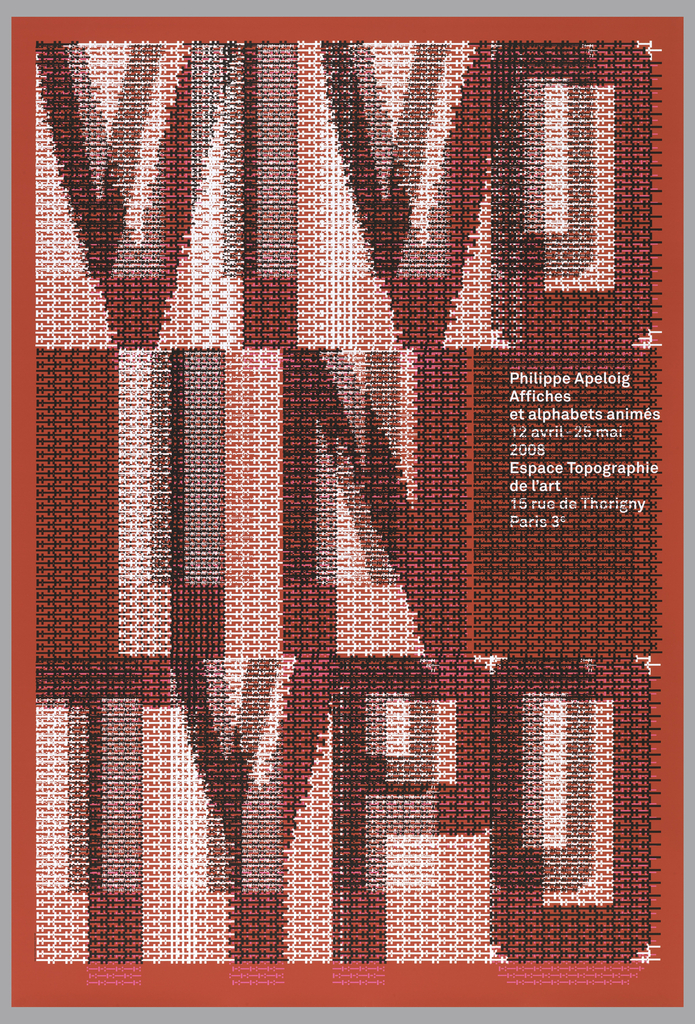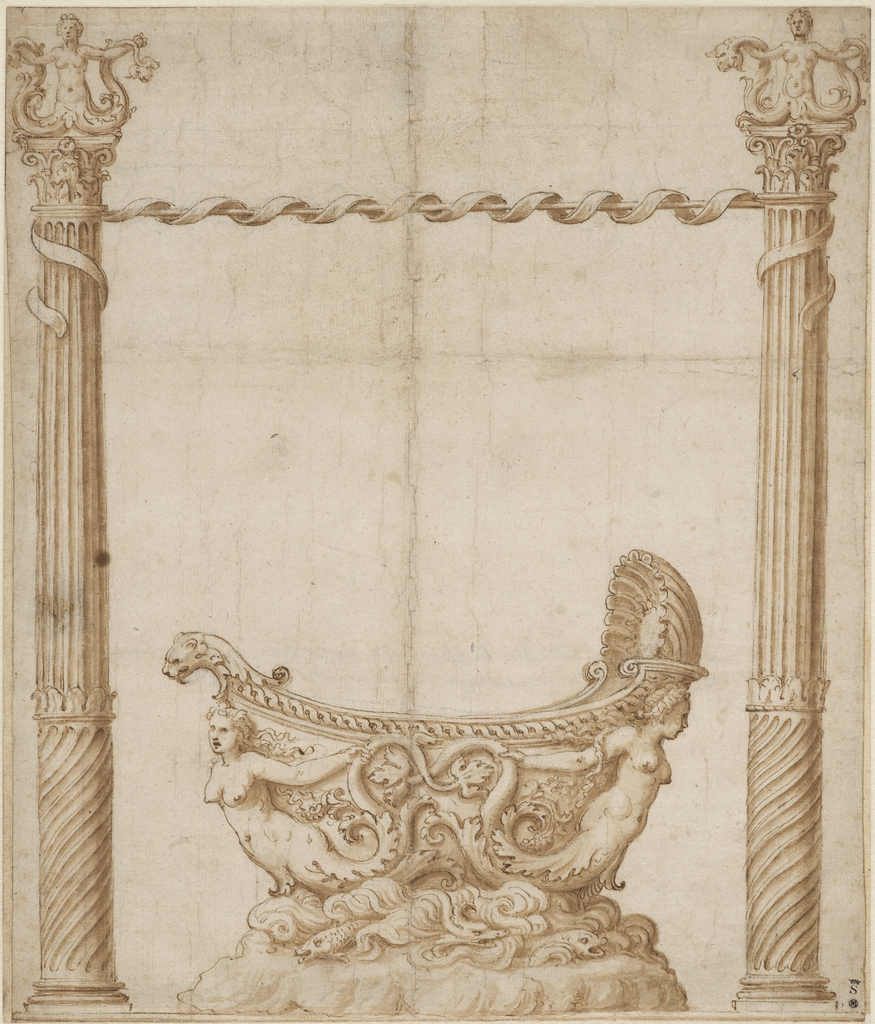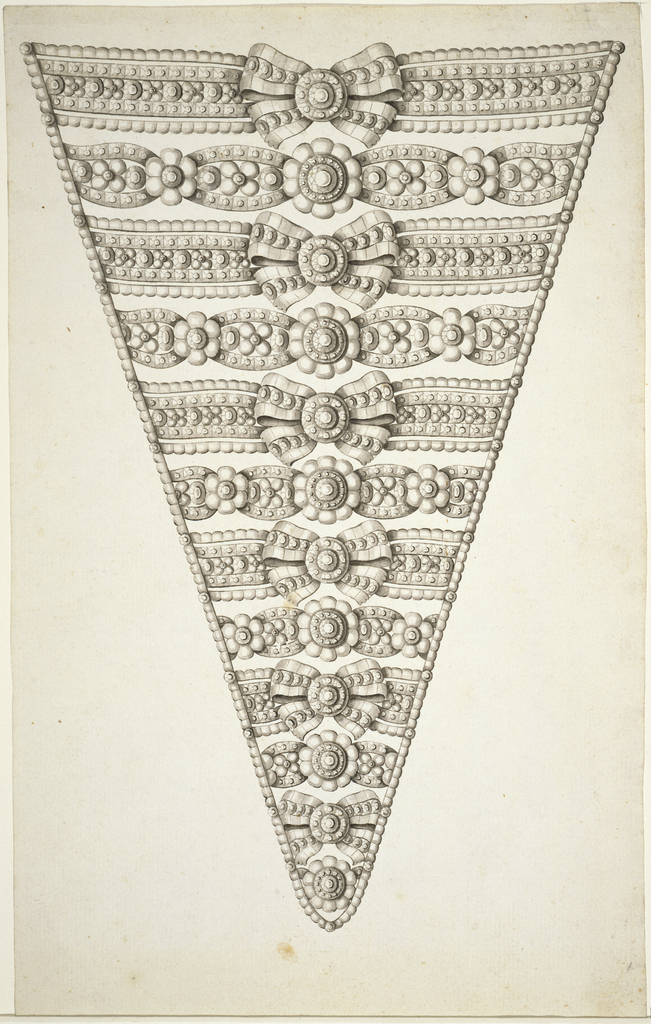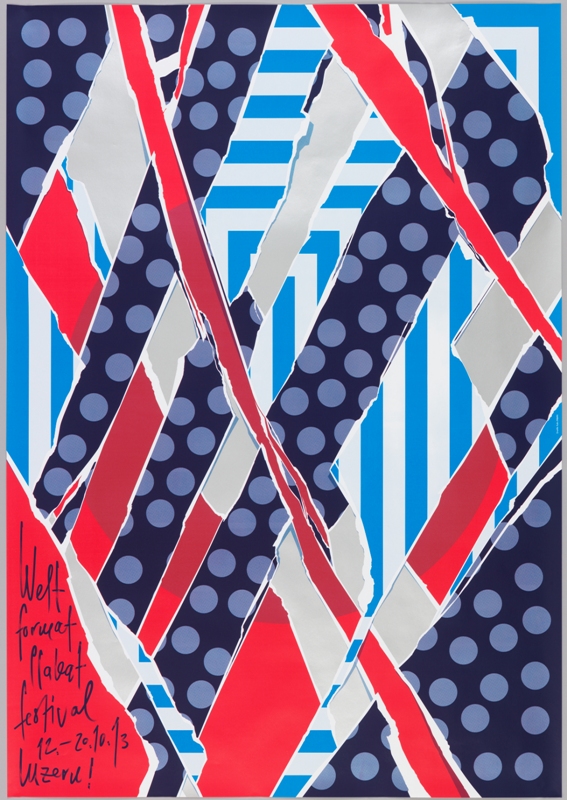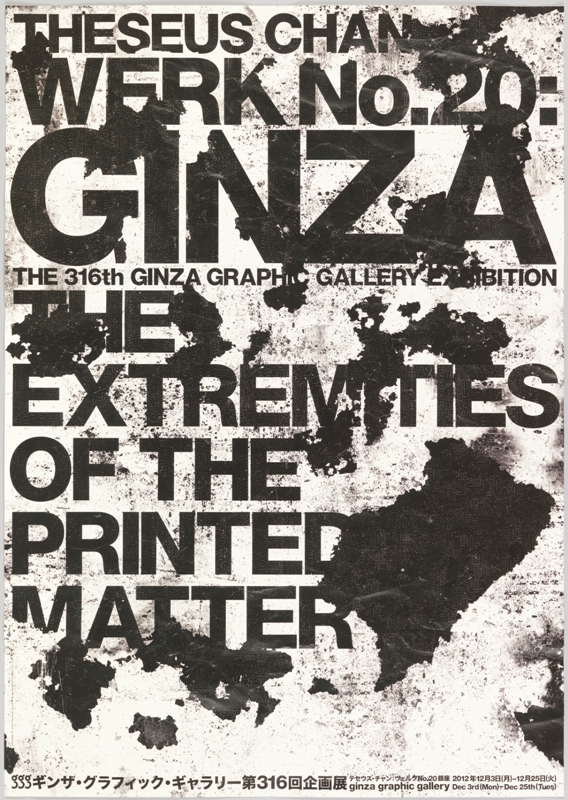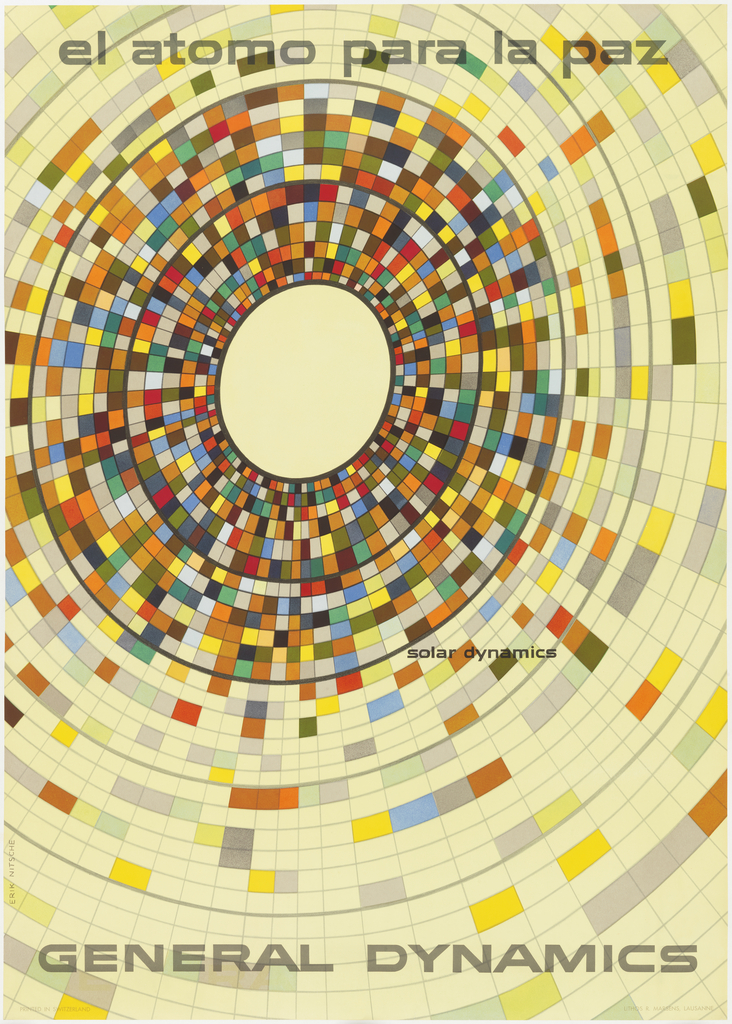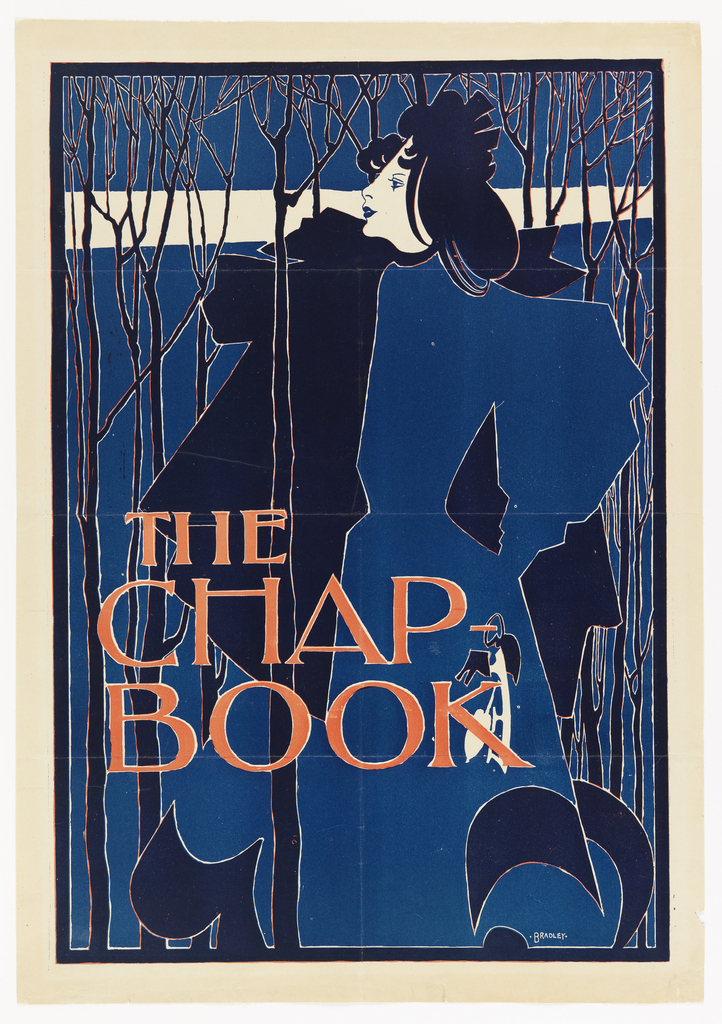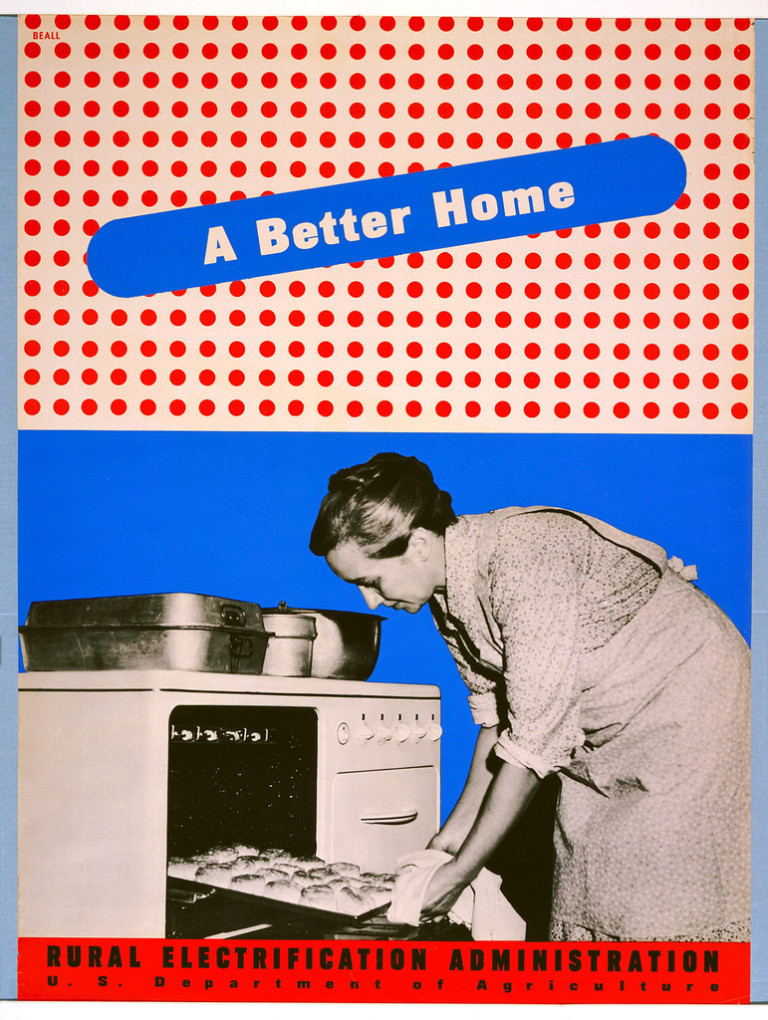Poached, fried, boiled, or roasted, eggs were an important part of the Italian Renaissance diet. In the sixteenth century, Italian chefs Bartolomeo Scappi and Cristoforo da Messisbugo each published cookbooks that detailed recipes and techniques for preparing banquets, and eggs were often on the menu. One of Scappi’s reoccurring recipes was for uovo da bere, or...
When graphic designer Philippe Apeloig featured his own poster designs at the Espace Topographie de l’art in Paris, he chose the title Vivo in Typo for the exhibition, and decided to make the title the graphic focus of his promotional poster. Apeloig concieved of an image comprised entirely of typography. He began by sketching punctuation marks...
As the artist for the ducal court at Mantua in the early sixteenth century, Giulio Romano designed everything from architecture and stage sets to fresco programs and metalwork. But the purpose of this drawing remains a mystery. It features a vessel in the shape of a ship, supported by two mermaids, who rise up from...
When the Hewitt sisters founded the Cooper Union Museum in 1897, they sought to provide a rich visual resource for students who were destined to become architects and designers. As they assembled the works of art and design that would enter the museum’s collection, the sisters recognized that drawings offered unique opportunities to learn how...
When Swiss graphic designer Felix Pfäffli was asked to design a poster for the 2013 Weltformat Poster Festival held in Lucerne, he grappled with the “strange duplication” of creating a poster to promote a poster exhibition. He turned to the many posters hung on steel poster walls in the streets for his inspiration. As posters...
After a decade in mainstream advertising, Singaporean designer Theseus Chan founded the independent consulting firm WORK in 1997. Three years later, he created a sibling publication, Werk magazine. Frustrated by the aesthetic tedium and reserve he perceived at larger ad agencies, Chan used these new ventures to foster innovative design. With WORK, he has devised...
The year is 1955, and Cold War tensions have begun to escalate. General Dynamics is a newly formed parent company overseeing eleven manufacturers, producing cutting edge technology for the defense of the United States. The company is capitalizing on the American policy of nuclear deterrence, but John Jay Hopkins, General Dynamics’ president, wants a graphic...
With the temperature outside at record lows this week, I can’t help but think of William Henry Bradley’s The Blue Lady. Clutching her ice skates in her left hand, she makes a cold winter’s stroll through the thin, bare trees look elegant and placid. (It is a sad contrast to the bundle of blue layers...
By the 1930s, the vast majority of American urban dwellers had access to electricity in their homes and businesses. But those in impoverished rural areas were often not serviced by private electric companies, who believed that it was not cost-effective for them to invest in extending power lines into areas of the country that would...
